Optimal Timing for Metal Rail Repairs
Understanding the optimal timing for metal rail repairs is essential for ensuring longevity and safety. Weather conditions, material durability, and usage patterns influence when repairs should be scheduled. Typically, repairs are most effective during mild temperatures when materials can be properly applied and adhered.
Spring and fall often provide ideal conditions for metal rail repairs due to moderate temperatures and lower humidity levels.
Avoid repairs during extreme heat or cold, as temperature fluctuations can affect the bonding and curing of repair materials.
Scheduling repairs during periods of low usage minimizes disruption and allows for thorough work.
Certain repair materials perform best within specific temperature ranges, emphasizing the importance of timing.
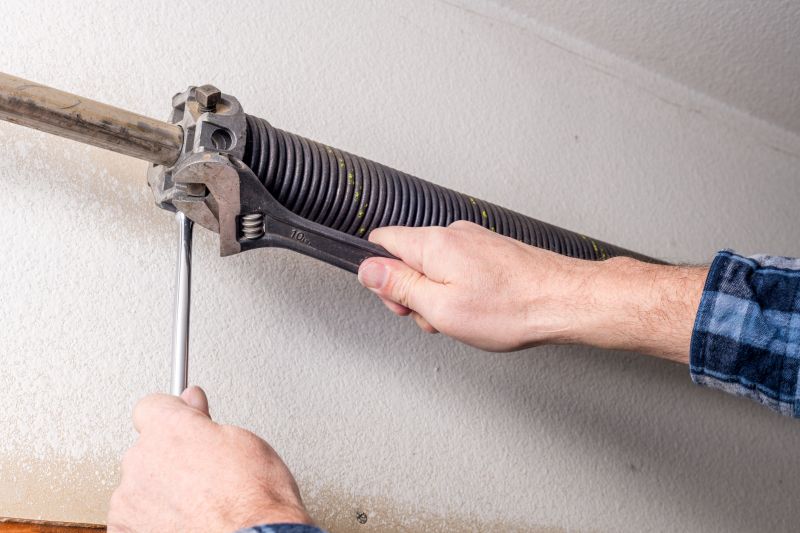
Spring offers favorable weather for effective metal rail repairs, with moderate temperatures aiding material application.

Fall provides cooler conditions that help in curing and bonding of repair materials, reducing the risk of heat-related issues.
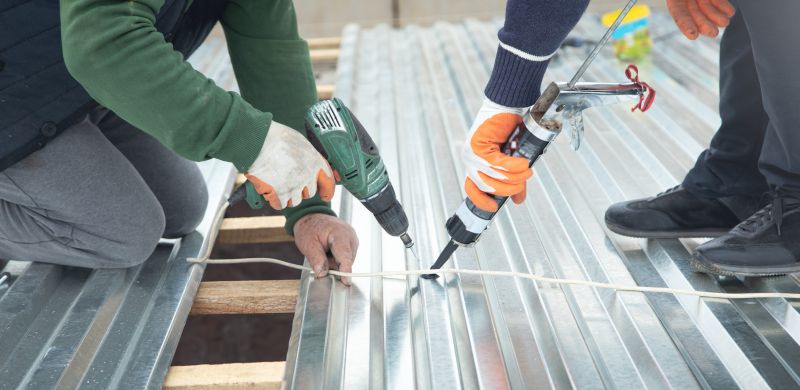
Ideal repair conditions include low humidity and mild temperatures, ensuring optimal adhesion and longevity.
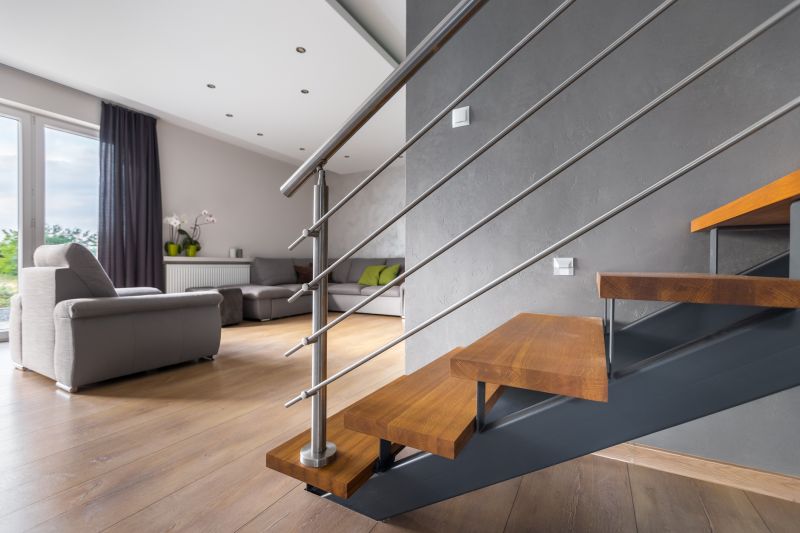
Ways to make Metal Rail Repairs work in tight or awkward layouts.
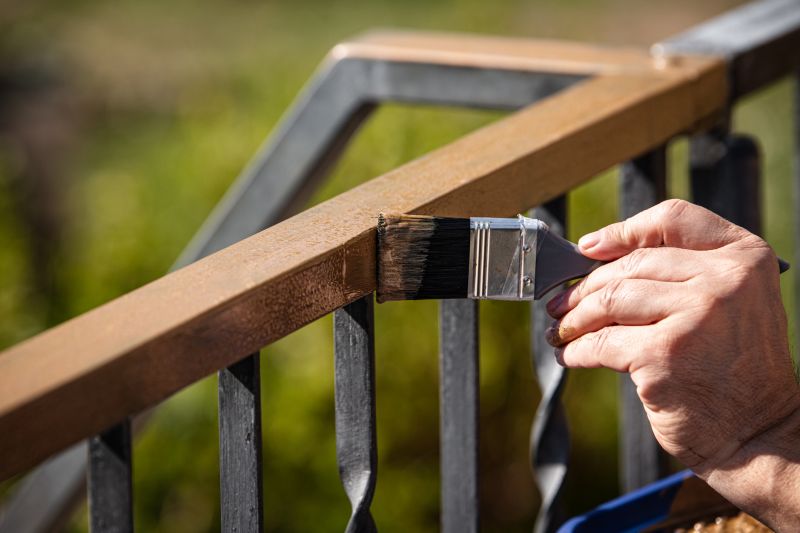
Popular materials for Metal Rail Repairs and why they hold up over time.

Simple add-ons that improve Metal Rail Repairs without blowing the budget.
| Season | Recommended Repair Timing |
|---|---|
| Spring | Optimal for most repairs due to mild weather and moderate humidity. |
| Summer | Less ideal during peak heat; repairs should be scheduled early or late in the day. |
| Fall | Suitable due to cooler temperatures and lower humidity. |
| Winter | Generally avoided unless climate permits; cold temperatures hinder curing. |
| Rainy Periods | Repairs should be postponed to prevent moisture interference. |
Metal rail repairs involve the restoration and reinforcement of metal components exposed to various elements and usage stresses. Proper timing ensures that repair materials bond effectively, reducing the risk of future damage. Regular assessments and understanding of seasonal impacts can extend the lifespan of metal rails, maintaining safety and structural integrity.
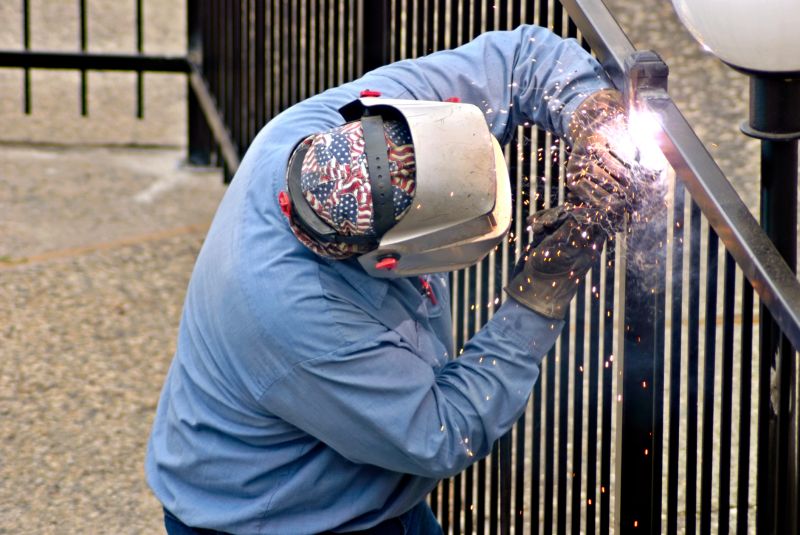
Close-up of metal rail repair process showing application of bonding materials.
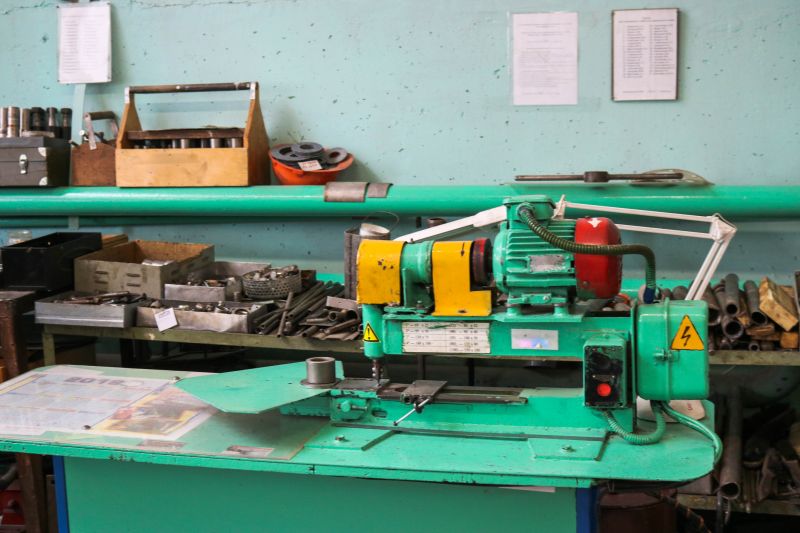
Tools and machinery used in metal rail restoration projects.
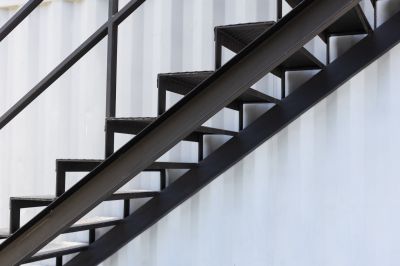
Completed metal rail repair with restored surface and enhanced durability.
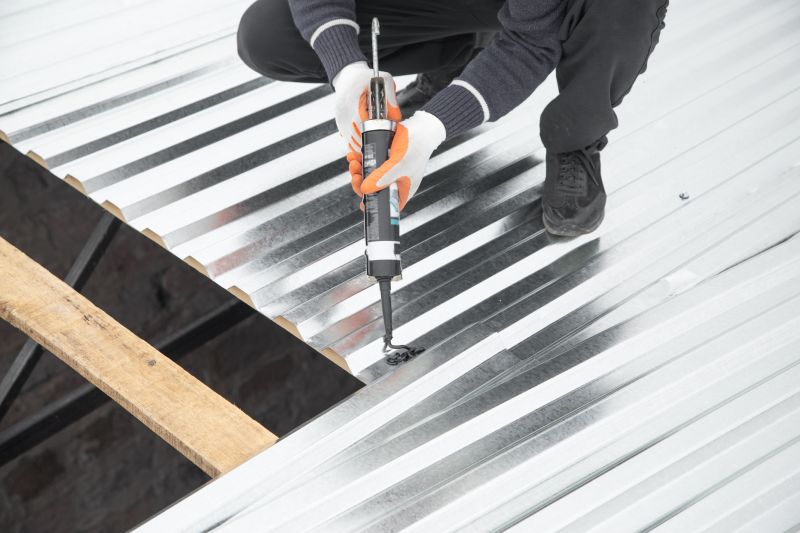
Inspection process to assess repair quality and future maintenance needs.

High-end options that actually feel worth it for Metal Rail Repairs.
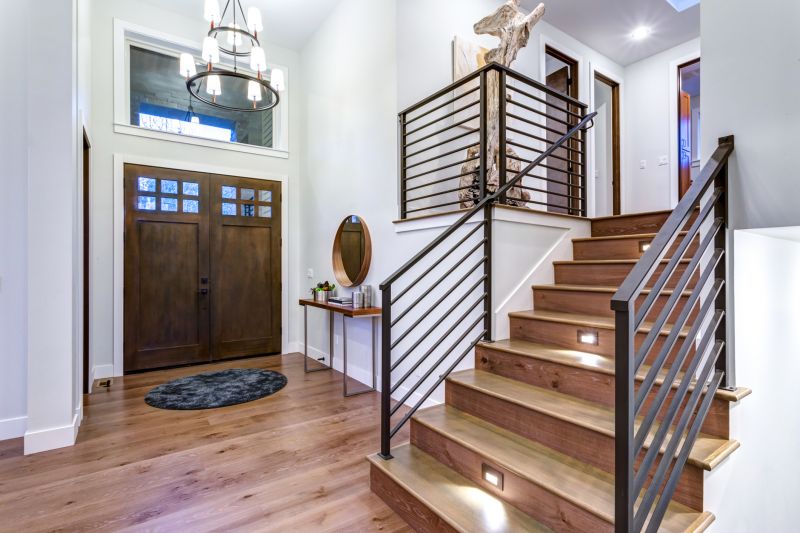
Finishes and colors that play nicely with Metal Rail Repairs.
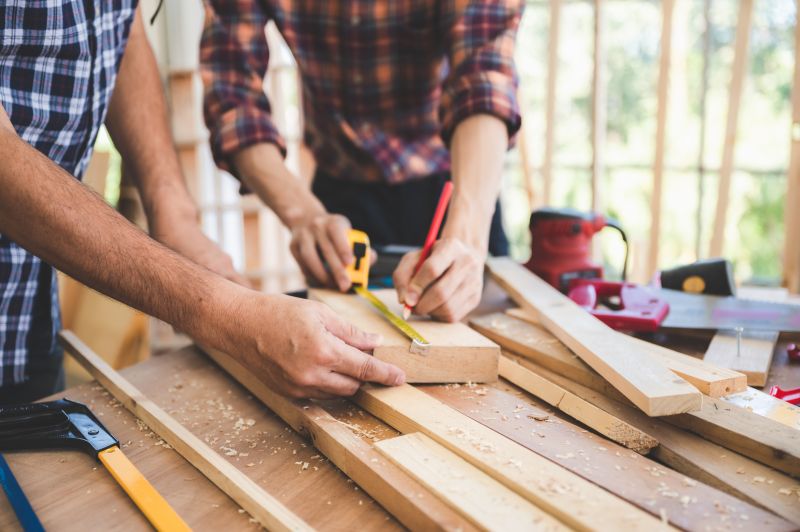
Little measurements that prevent headaches on Metal Rail Repairs day.
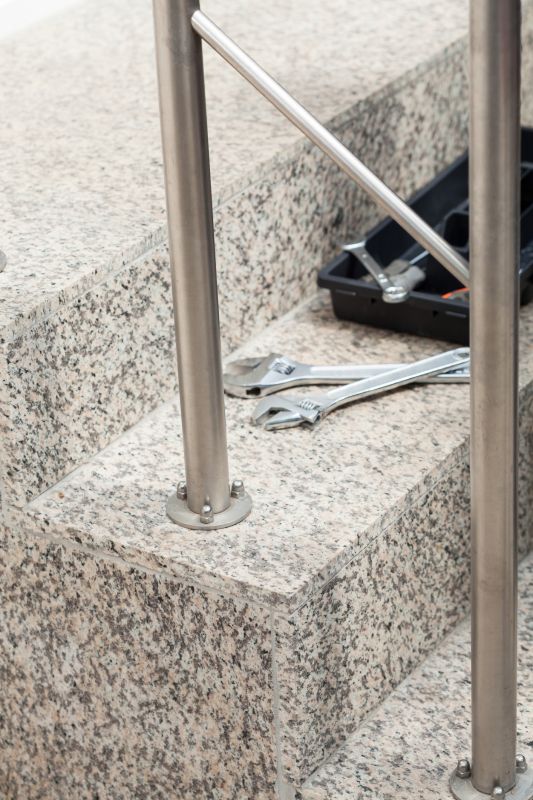
A 60-second routine that keeps Metal Rail Repairs looking new.
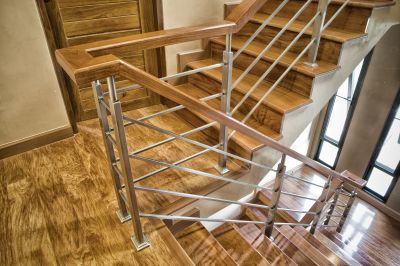
A frequent mistake in Metal Rail Repairs and how to dodge it.
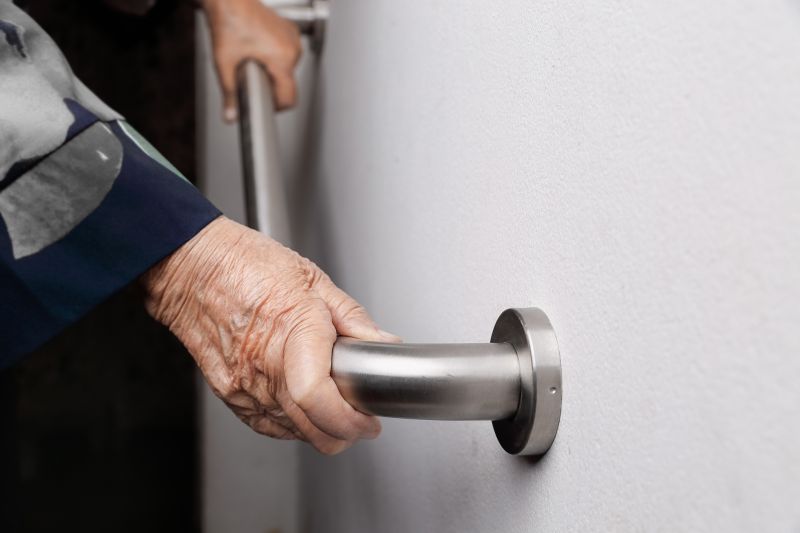
Small tweaks to make Metal Rail Repairs safer and easier to use.
Timely metal rail repairs are vital for maintaining safe and reliable infrastructure. Scheduling repairs during appropriate seasons and weather conditions enhances the effectiveness of restoration efforts and prolongs the lifespan of metal components. Regular inspections and adherence to recommended timing can prevent costly damages and ensure safety standards are met.
Interested in scheduling metal rail repairs? Fill out the contact form to connect with specialists and plan repairs during optimal conditions.



